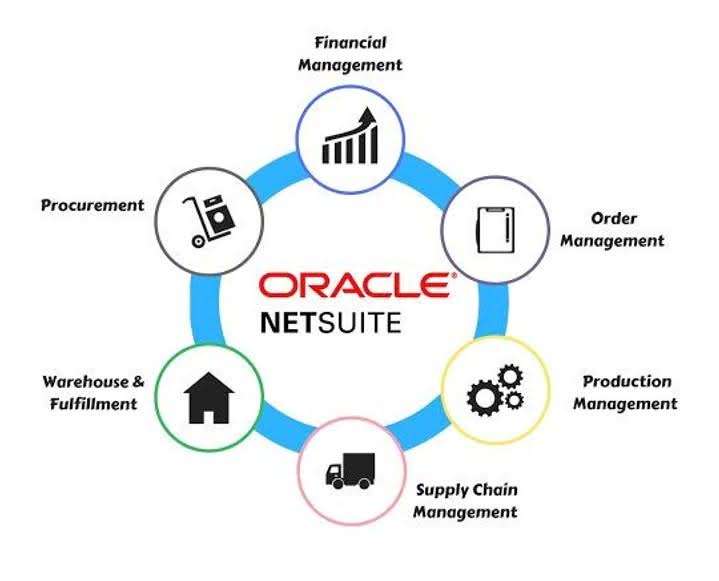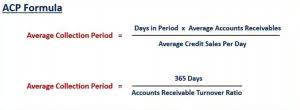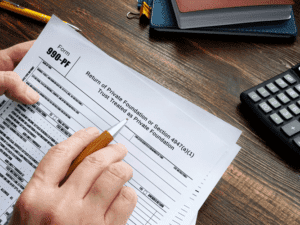
Interest tax shield is the tax benefit that arises from being able to deduct interest expenses on debt from taxable income. This is because interest payments are considered a business expense, and are therefore deductible from taxable income. It’s not as complicated as it sounds and could save you a pretty penny on your taxes. Simply put, a depreciation tax shield is the amount of money that can be deducted from your taxes due to the depreciation of your assets. Think of it as a fancy way of saying you get a tax break because your stuff gets old and loses value over time. A depreciation tax shield is an amount of money that can be deducted from your total tax amount due to the depreciation of assets.
Depreciation tax shield with accelerated depreciation
- Since interest payments are tax-deductible, the cost of debt needs to be multiplied by (1 – tax rate), which is referred to as the value of the tax shield.
- However, they may be particularly beneficial for companies and individuals who have high taxable income and are looking for ways to minimize their tax burden.
- There are various types of tax shields, including depreciation tax shield, interest tax shield, operating loss tax shield, net operating loss tax shield, and tax credits.
- The concept of annual depreciation tax shield is identified as an important factor during financial decision-making by the management in case the business is highly capital-intensive.
- When it comes to understanding the tax shield definition, understanding how to calculate it under different scenarios is important.
The concept of depreciation reflects the diminishing value of assets over time. The Depreciation Tax Shield accounts for this reduction by allowing businesses to deduct depreciation from taxable income, thereby reducing the overall tax burden. The benefit of using depreciation with a tax shield is that you how to calculate depreciation tax shield can subtract any depreciation expenses from taxable income. Interest payments on borrowed capital are often deductible, benefiting companies that rely on debt financing.

Examples of deductible business expenses
In this article, we’ll break down what depreciation tax shield means, the formula, how to use the calculator, and some common questions about the topic. When you run a business, the equipment needed – such as computers and printers – wears out over time. Likewise, if you have investment properties or other assets that depreciate, you can quantify this loss of value in a tax deduction. Deductible expenses are necessary costs incurred in the operation of a business.
Example 2: Large Corporation Asset Depreciation
No, tax shields do not guarantee a reduction in tax liability as they are dependent on a variety of factors, including the type of expense or cost being deducted and the tax rate. In general, anyone who is looking to reduce their tax liability and improve their financial situation can benefit from tax shields. The NOL can be carried forward to future years and used to offset taxable income. An operating loss tax shield is the tax benefit that arises when a company incurs losses in a particular year. These losses can be carried forward to future years, and can be used to offset taxable income in those years, thereby reducing the company’s tax liability. It’s important to note that tax shields are subject to tax laws and regulations.
How do I choose between different depreciation methods?

A general example of such approach is the use of traditional straight-line method. Determine the total depreciation value that can be considered in the deduction. By taking advantage of the depreciation tax shield, you’re reducing your taxable income, and consequently, the amount you owe in taxes.

Depreciation Tax Shield Formula
It is easy to note the difference in the tax amount payable by the business at the end of each year with and without the annual depreciation tax shield. If we add up all Law Firm Accounts Receivable Management the taxes, the amount is substantial, which could be saved if the business had charged depreciation in the income statement. The concept of depreciation tax shield deals with the process in which there is a reduction in the tax amount to be paid on the income earned from the business due to depreciation. In the process, the amount of depreciation is used to reduce the income on which tax will be charged, thus bringing down the amount of tax payment.
- This, in turn, makes debt funding much cheaper since interest expenses on debt are tax-deductible.
- Maintaining detailed records is crucial to substantiate these deductions during audits.
- When a company purchased a tangible asset, they are able to depreciation the cost of the asset over the useful life.
- In capital budgeting, tax shields enhance cash flows, influencing the net present value (NPV) of potential projects.
- You may also look into the related articles below for a better understanding.
In these organizations, the amount of annual depreciation charge is generally immaterial, and hence the amount of resulting tax shield. The concept of annual depreciation tax shield is identified as an important factor during financial decision-making by the management in case the business is highly capital-intensive. The business operation will involve the use of assets of larger value resulting in a substantial amount of depreciation being deducted from the taxable income. Therefore, it is important to understand the formula used to calculate depreciation tax shield, as given below. This option has become less attractive since the Tax Cuts and Jobs Act of 2017 because it dramatically increased standard deductions for taxpayers.
Depreciation Tax Shield Calculation Example
Section 179 deduction allows businesses to deduct the full purchase price of qualifying equipment or software in the year it’s placed in service, up to a certain limit. While similar to bonus depreciation, Section 179 has specific eligibility requirements and limitations, and it’s often beneficial for smaller businesses. Regular depreciation then applies to the remaining undeducted cost of the asset. The fourth method of calculating free cash flows is closely related to the third method. Instead of being provided with the EBIT number, we are provided with the EBIDTA number.

Quick Note: What is Debt?
- And companies, whose annual tax bills might be quite high, place a premium on investing in tax-efficient investment techniques.
- Commercial entities extensively tend to outsource their tax returns task to tax firms.
- Tax shields reduce taxable income, which leads to a lower overall tax liability, effectively saving the taxpayer money.
- This small business tool is used to find the tax rate by using interest expenses and depreciation expenses.
- Key Takeaways Dividends are taxable to a corporation as they represent a company’s profits.
However, if certain expenses can be clearly allocated between personal and https://sasa.org.pk/2024/07/15/retention-retainer-or-retainage-on-jobs/ business use (such as a car or home office), the portion used for business may be deductible. When utilized strategically, they become essential for financial planning. This table provides estimated tax shields for various asset categories based on straight-line depreciation. So, for instance, if you have $1,000 in mortgage interest and your tax rate is 24%, your tax shield will be $240.
